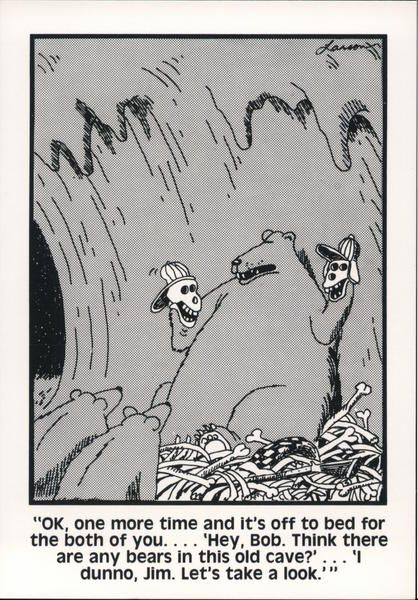At least against me.
Resistentialism, according to Wikipedia, is a theory to describe (seemingly) spiteful behavior by inanimate objects…. Lost keys or a runaway bouncy ball exhibit a high degree of malice toward humans.)
Talk about malice. As soon as I plugged the last string of Christmas tree lights into an outlet, I heard a snap, and all the lights turned themselves out. Never to shine again.
After escaping from the fake branches that—I swear—purposely stuck me with their sharp fake needles, one of my vintage glass ornaments crashed to the floor and splintered into innumerable pieces.
“We told you not to put us there.”
What the…? “Anthropomorphism or Personification?” I asked myself? “Or is my brain off balance? Am I nuts?”
According to an article by Kathy Edens, (Copywriter, ghostwriter, and content strategy specialist) titled, Anthropomorphism & Personification: What’s the Difference?
- *Anthropomorphism is literal. Speaking animals or objects who talk, think, or behave like humans are all anthropomorphic…. They literally act as if human.
- Personification is figurative. Do you sometimes feel like your computer hates you? Well, it can’t literally hate you because it’s not human. https://prowritingaid.com/art/812/anthropomorphism-&-personification:-what-s-the-difference.aspx
Things can’t literally hate me? Well Kathy, they sure can mess with me—even cause emotional havoc.
Hang on—the top of my (artificial) tree just toppled. Stupid thing.
Did I say, “toppled”? In a rage, the tree crashed to the floor and attacked my antique frame, knocked it off the wall and shattered the antique glass. Quite an emotional event.

Back on track, following is guidance fromhttps://www.masterclass.com/articles/how-to-write-anthropomorphism#1k2uX3QeA8zpwhmRwPDKYs
Learning how to use anthropomorphism in your work can help elevate your writing and diversify the subjects and characters you explore…. Tips for incorporating anthropomorphism into your work include:
- Think about animals or objects that interest you. Consider whether there are certain animals or inanimate objects that compel you to anthropomorphize (them) for the purpose of a narrative.
- Reflect on visual traits or behavior. What emotional qualities does this animal seem to possess? If you’ve chosen an object, does its shape or structure evoke any human characteristics?
- Combine elements. Some of the most imaginative and successful examples of anthropomorphism involve combining real traits of an animal or object with more human-like characteristics. Think about ways that you can utilize behaviors that your character may do.
- Observe the world around you. … you might find yourself becoming a keener observer of animals and objects around you…. Think about how you might incorporate these new insights into your writing.

I tend to use PERSONIFICATION a lot in my writing because I believe all things have a living spirit in them.
An example of personification is easy to spot in Hawthorne’s, The Scarlet Letter.
But, on one side of the portal, and rooted almost at the threshold, (of Salem’s wooden jail), was a wild rose-bush, covered, in this month of June, with its delicate gems…to offer their fragrance and fragile beauty to the prisoner as he went in, and to the condemned criminal as he came forth to his doom, in token that the deep heart of Nature could pity and be kind to him.

If you’d like to explore more on personification and anthropomorphism, here are some reading suggestions: https://www.goodreads.com/list/show/72550.Best_Anthropomorphic_Fiction
Wick by Matt Doyle
To Walk in the Way of Lions by H. Leighton Dickson
The Dalai Lama’s Cat by David Michie
War Horse By Michael Morpurgo
The Old Man and the Sea by Ernest Hemingway
*See also: zoomorphism, sapient trees
For those of you who write Horror, or just have a dark sense of humor, please enjoy the following example of anthropomorphism.


